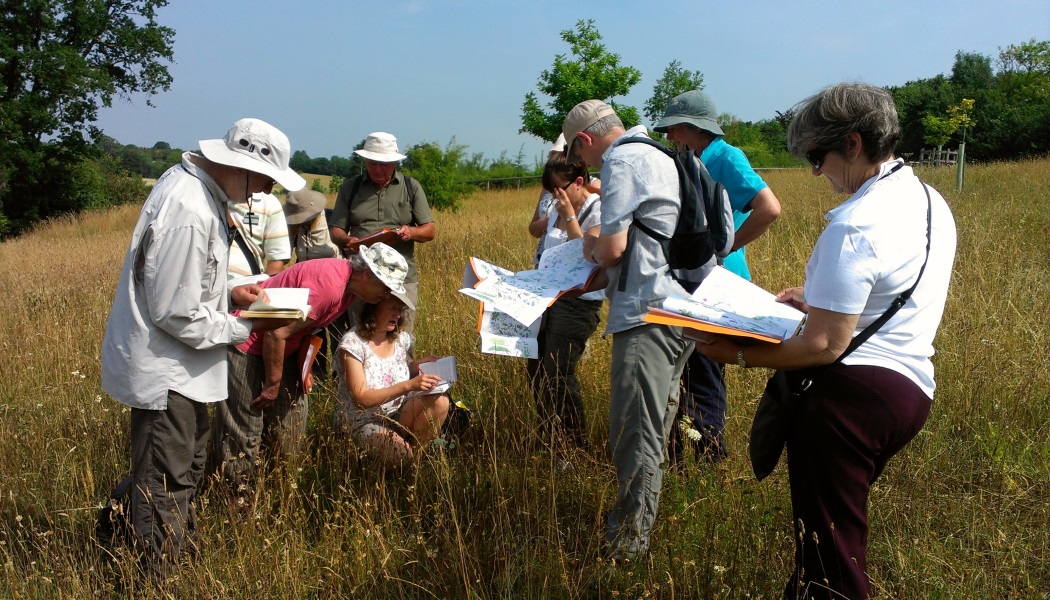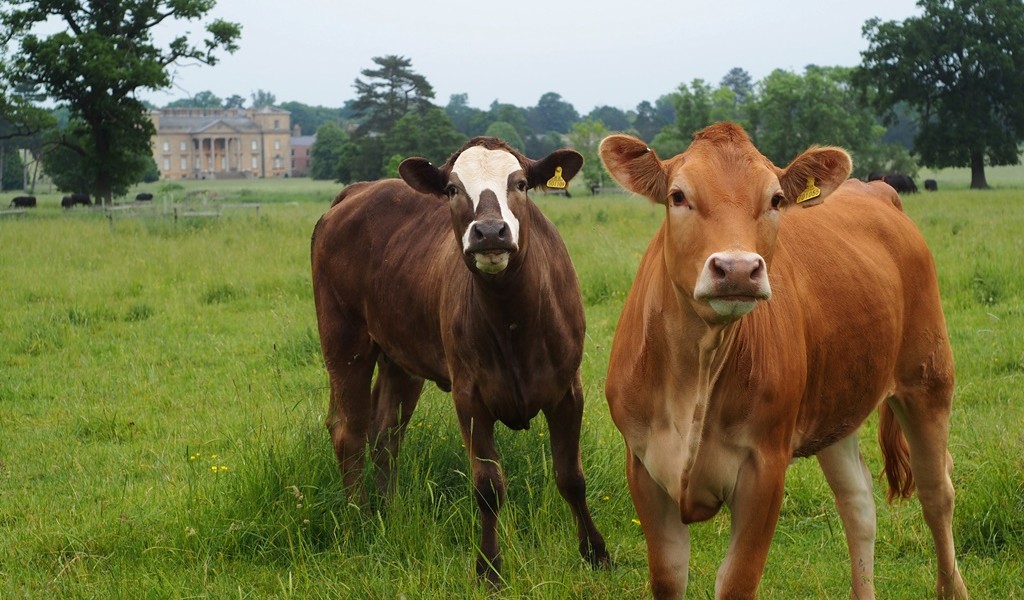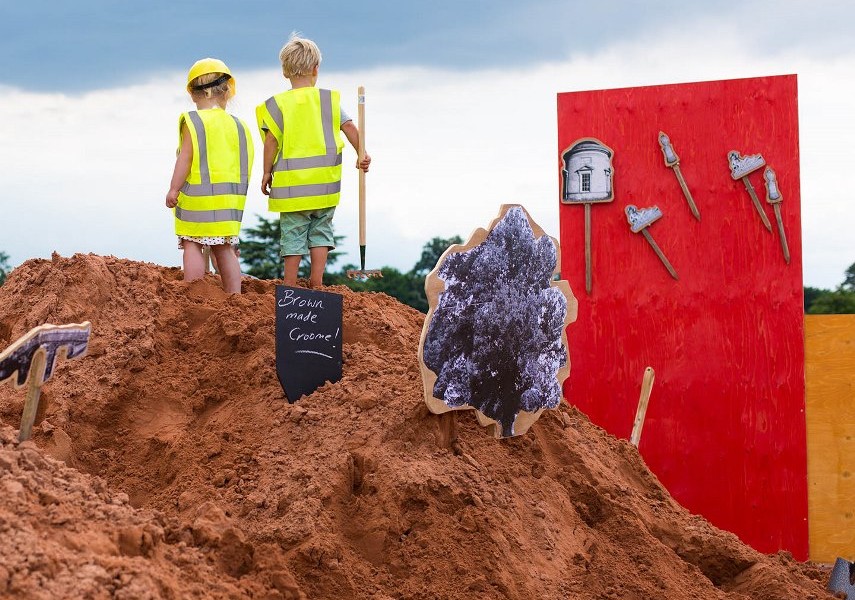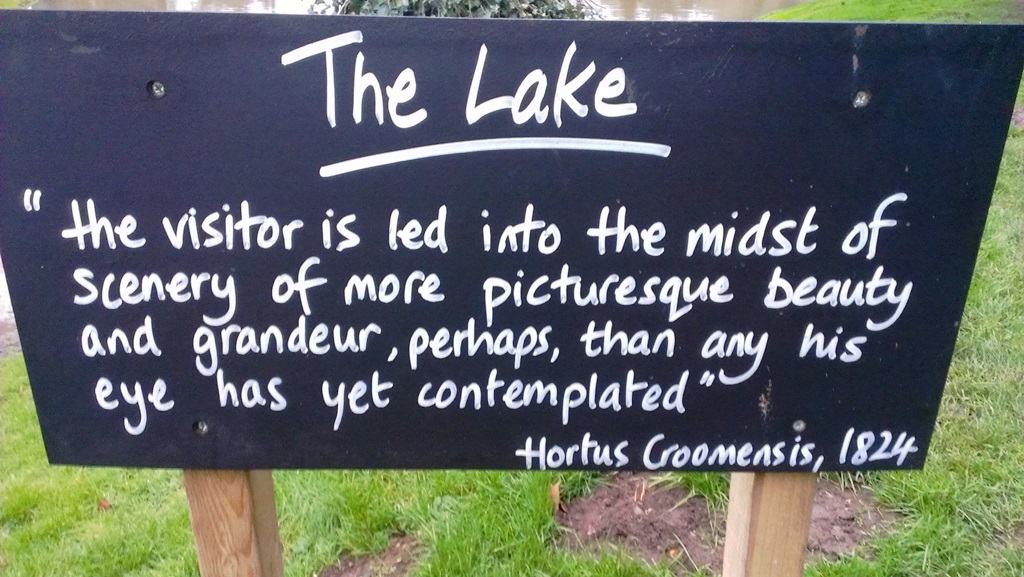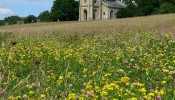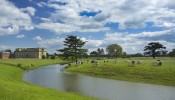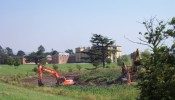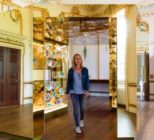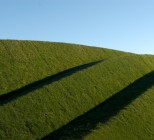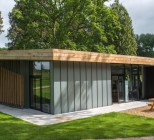Restoration work at Croome Park is in its 20th year now, which has seen the National Trust restore more than 400 acres of pasture, which had been arable farmland for the past half a century, by planting thousands of trees in the parkland, and almost as many trees and shrubs and herbaceous plants in the shrubberies.
The team have managed to bring the park back to its former glory thanks to its vast number of archive documents, which they have relied on as part of the restoration, including maps, surveys and plant lists kept by the 6th Earl of Coventry and descriptions of the garden and park in a book called the Hortus Croomensis published in 1824.
“The design is what is important and is what we are restoring and re-creating using the archive materials,” says Katherine Alker, Croome Park’s garden and parks manager. “We are keen to encourage people out into the wider parkland. There are C18th carriageways through the shelterbelts and woodlands, and by restoring these we will make it easier for people to walk, run, cycle, and use mobility scooters in the wider landscape.”
This has led to a project to install the 6km route, which should be complete by spring 2017, with interpretation along the way to explain some of the views as well as the wildlife and habitat that can be seen. The track will also be used by the running groups that Croome works with to offer 10km and 5km races for adults and juniors throughout the year.
‘Potter and Ponder’, a new Sensory Experience Trail that opens this month will show where all visitors, in particular people with physical and learning difficulties, can find different ways of enjoying the garden and park. This has been created with children from special schools and includes experiences such as walking barefoot on grass, making the echoes in the grotto and feeling the textures of bark on different trees. The map will be available to all visitors in reception and the team hopes that it will appeal to many people.
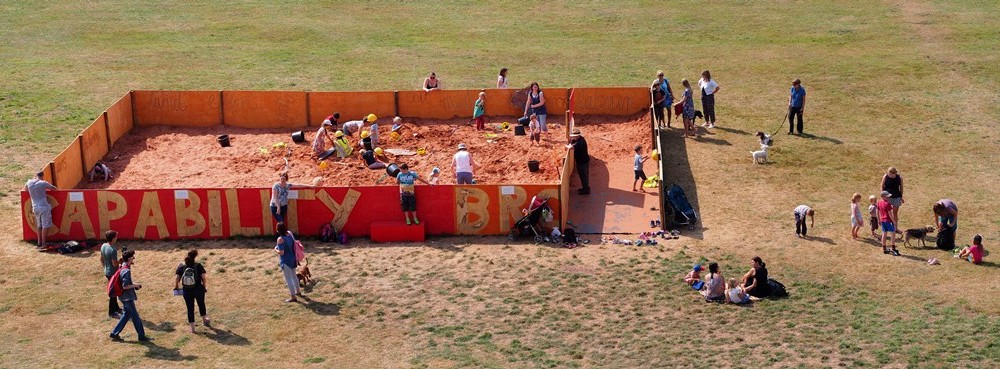
“Making the outdoors attractive to visitors is important and we want people to understand that they are walking, running, cycling, in a Brownian landscape,” says Alker. “Local people feel an emotional connection as they have seen the place develop over the past 20 years and will often stop to chat about the changes they have seen. A lot of local people use the parkland daily to walk the dog; some visitors come to specifically find out more about the Brownian landscape and both types of visitor are vital to the way we function and our aims. We want to make the place as accessible as possible to everyone and offer interpretation so that people can choose to find out more if they so wish.”
Croome Park has been at the forefront of the Capability Brown 300 celebrations with a large amount of projects and activities created to celebrate the tercentenary at Croome. These include the ‘Brown at Work Site’, which has been open over the summer for visitors to don a hard hat and hi-vis jacket and grab a spade to build their own landscape. There have also been talks and tours by Richard Wheeler, Sarah Rutherford and Croome staff, an exhibitions by the Cotswold and Worcester Embroiderers’ Guilds based on their visits to Croome last year and Brown’s design; Brown’s birthday exhibition until the end of 2016 which shows items from the archive, as well as the Dance portrait of Brown on loan from the National Portrait gallery. Croome has also featured on the Royal Mail’s Landscape Gardens set of celebratory stamps, and been featured on BBC2’s Gardeners’ World, as well as local radio interviews, and on Radio 4 and the BBC World Service.
Alker says that Croome is fortunate to be given donations, remembered in legacies and is able to apply for grants from a range of funding bodies. The staffing team are employed by the National Trust and managed by a General Manager based at the Worcestershire park.
Croome runs a Higher Level Stewardship Scheme (HLS) with Natural England and have several different grazing regimes, including year-round holistic grazing which is working extremely by providing appropriate looking stock such as traditional Herefords and shorthorn cattle across the pasture. In some areas there are meadows, which are taken for hay in mid-July, then grazed by sheep and cattle from October.
“We keep an eye on the species of flora and fauna by monitoring the bio-diversity with a group of trained volunteers, and have been delighted the past few years to find pyramidal and common spotted orchids in the pasture which have arrived of their own accord and are spreading,” she says. “We have an ongoing programme for ha-ha restoration, and have an enthusiastic group of estate wall volunteers rebuilding the walls. We have an ongoing issue of reed growth in the river and have to carry out regular dredging. The weir and carriage splash are in need of some repair work and this is being planned at present with a view to being completed next spring.
Around the garden the team have installed quotes from the Hortus Croomensis and introduced plant labels on trees and plants – put in place as the plant looks its best or in flower, then removed – but as Croome is not a botanical garden the team didn’t want to have everything labelled all the time.
“We also have a great team of volunteer Garden Stewards who have a wealth of information; some lead tours, others have informal chats and all are able to answer all sorts of questions about the garden and park. We have 5 interpretation panels in the Rotunda for CB300 festival year, some of which we will continue to use in the future as they give a good history of Brown’s work at Croome. Visitors comment that they appreciate the plant labels and enjoy being able to learn about the history of Croome. A guidebook is also available for purchase in the shop.”
Croome is a busy and popular place. Wear and tear is increasing and jobs such as path maintenance are undertaken more regularly. We are open 7 days a week, 363 days a year so we have to plan our work so that the visitor route is disrupted as little as possible, and if we do have to close an area we explain why and when it will re-open. Climate change has certainly had an impact and we consider this when planning location of planting certain species – for example in an area prone to flooding we have planted Betula nigra the river birch as it copes with wet ground, and it is one of the species listed in the plant bills so we know it was planted at Croome in the C18th. Of course we undertake regular safety inspections on trees, playground equipment and the site in general.

